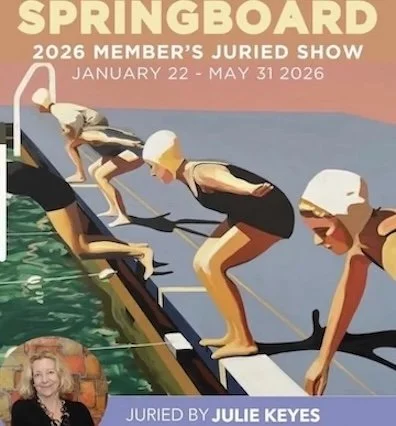🎄🎄
Holiday Exhibition - through December 30th
Bert Stern . Gabe Aiello . Jonathan Greenberg
Steve Romm . Jerry Schofield
BERT STERN, MARILYN MONROE LAUGHING, BLACK DIOR DRESS
The Last Sitting® 1962 © Bert Stern Trust.
Julie Keyes To Jury Newport Art Museum’s Members’ Exhibition
Julie Keyes, of Keyes Art, Sag Harbor, will serve as juror for the Newport Art Museum’s Springboard: Members’ Juried Exhibition, opening Thursday, January 22, 2026. Springboard invites artists to put their best foot forward,” Keyes said. “In conversation with the museum’s permanent collection, the exhibition encourages artists to reflect on the past while considering their own practice more critically and ambitiously.” At the opening reception on January 22, Keyes will present three awards: Juror’s Choice, Emerging Artist Award, and Award for Innovation.
A VIP Preview will be held from 5-6pm, followed by a public reception from 6-7:30pm.
TITIAN ROZEAL CÉZANNE
THE NATIONAL GALLERY OF ART - WASHINGTON D.C.






